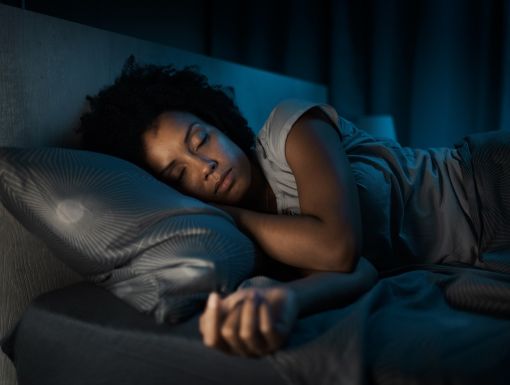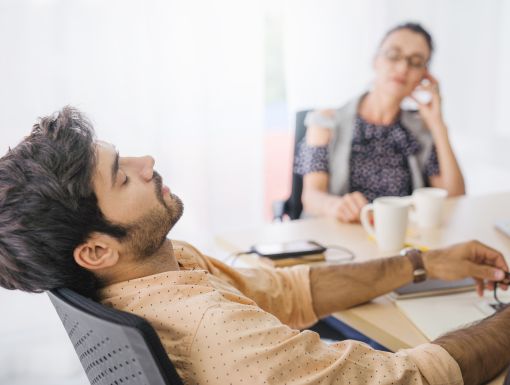
How To Fall Asleep Faster
Sleep is a basic human need – like food and water – that helps to keep us alive, but it’s also one of the first needs to suffer when we’ve got a lot going on. Life is busy, and it seems to just get busier. But poor sleep can make us feel even worse during the day and can lead to long-term health issues. You might be asking yourself, “How can I fall asleep faster and stay asleep?”
Adults between the ages of 18 and 65 need at least between seven and nine hours of sleep. Depending on their age, some children can even require up to 15 hours of sleep a day. By implementing these tips below, you’ll be drifting off to sleep faster than ever. And you’ll be getting better quality sleep, too.
How can I fall asleep faster and stay asleep?
Stay hydrated throughout the day
Staying hydrated throughout the day is not only important to combat midday slump, but it can also encourage you to avoid that afternoon caffeine pick-me-up, thus resulting in an earlier night’s rest.
Where does caffeine hide?
- Coffee and tea
- Cigarettes
- Chocolate
- Soda
- Other beverages
Avoid alcohol
Although alcohol is a depressant, which is the opposite of its stimulant counterpart, caffeine, the consumption of alcohol can disrupt your sleep patterns and is best to avoid if you’re looking to ramp up your night’s rest.
Lower the temperature
If you’re having trouble falling asleep at night, try lowering the temperature in your home a couple degrees. Cooler climates promote sounder sleep. Avoid other overheating triggers like heavy duvets or blankets in the warmer months, socks and non-cotton pajamas. Be especially mindful of your child’s temperature when they are going to sleep, as children might not have the ability to communicate if they’re too hot or too cold.
Remove bedroom triggers
Bedroom triggers are objects, sounds and habits that prevent you from falling asleep. A bedroom should be an oasis that your body recognizes as the place to get rest. If you’re prone to late-night television, perhaps having a television in your room is a trigger. If there’s light trickling in from your window, consider investing in blackout curtains. If you can hear non-rhythmic sounds coming from neighbors chatting or dogs barking in the distance, earplugs might be a good option for you. Another good option to drown out unwanted sounds is a noise machine or a sleep app. Noise machines, which produce white noise, and sleep apps which offer sounds of rainfall or wind promote restful sleep, as these sounds are rhythmic and soothing.
Limit bed partners
If you’re a solo sleeper, this won’t be an issue for you, but if you’re partnered or sleep with a furry friend, you might need to have a conversation about hogging the covers or relocating your pet to a bed of their own. Bed partners, no matter how much we love them, can disrupt our sleep in many ways. Oftentimes, these issues can be addressed and resolved with a little extra communication.
Keep a regular routine
Your body works best with consistency and regularity. The circadian rhythm is your body’s internal clock that regulates your sleep and awake cycles. Keeping a regular sleep and wake time will help the body know when to sleep and when wake in the morning. Also, right before bed, about 30 minutes, have a nighttime ritual where you engage in things related to relaxation: Grab a boring book, meditate, turn the television off and/or listen to calming music.
All in all, getting a healthy night’s rest depends on an individual’s needs, schedules and lifestyles. Some people need more sleep, while others can thrive with less. Find out what works best for you. If you’re one of the many people who suffer from disrupted sleep, give these tips a try! If you find yourself still struggling, we recommend reaching out to your primary care physician or pediatrician to find a solution that works for you.
For more information on healthy sleep, watch this episode of “Healthy State of Mind” hosted by Dr. Murry on sleeping better. “Healthy State of Mind” is also a podcast, so you can learn on the go! Learn more about “Healthy State of Mind” here.
Do I have a sleep disorder? Learn more here.



